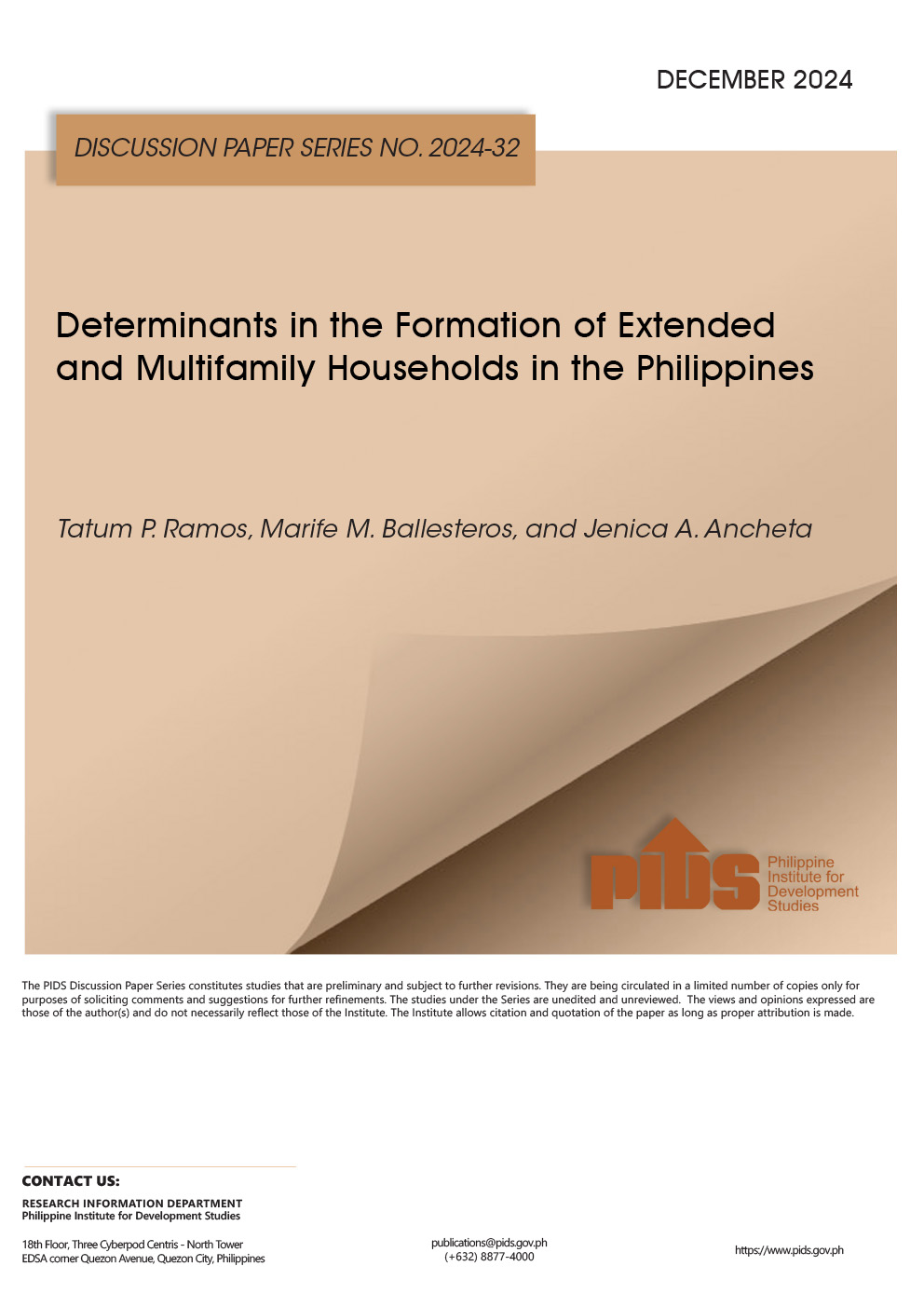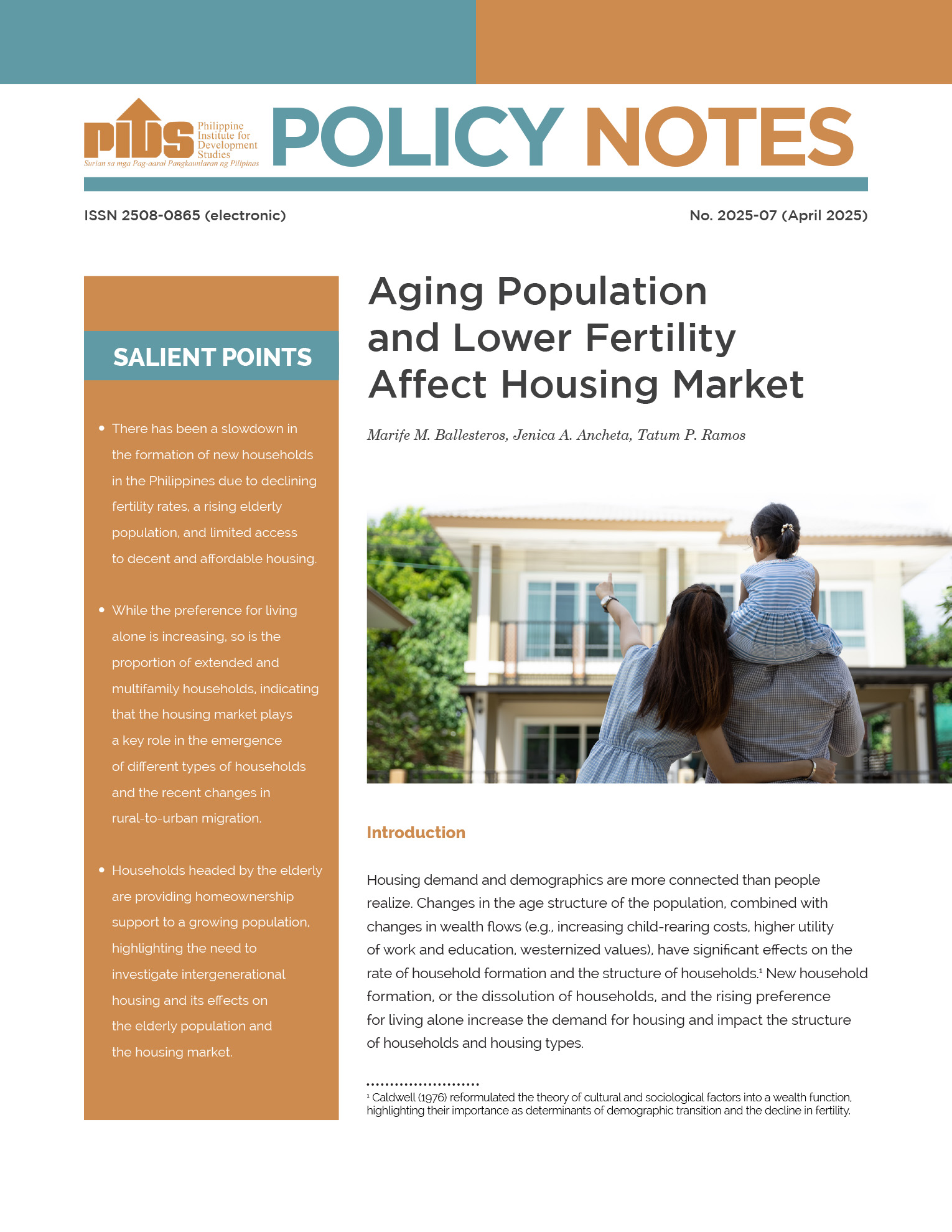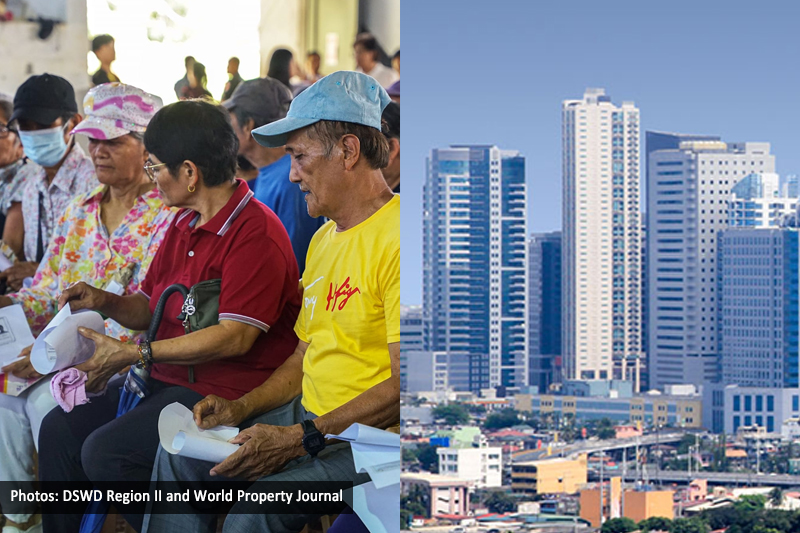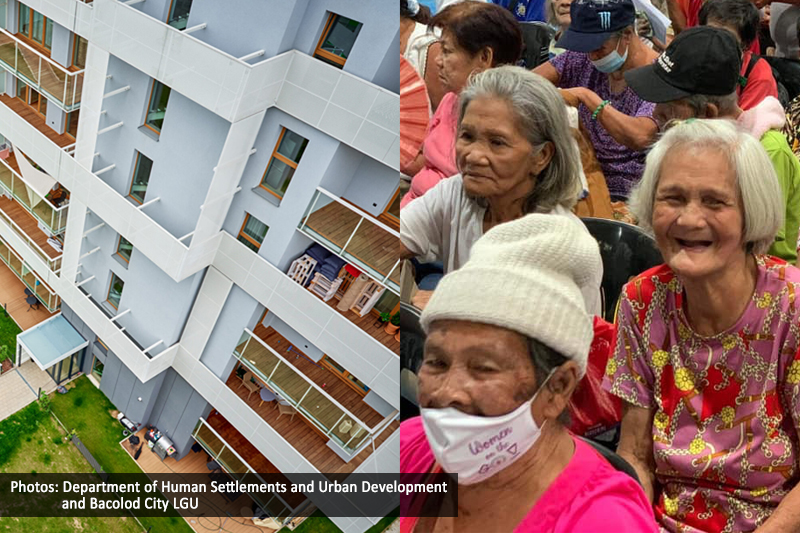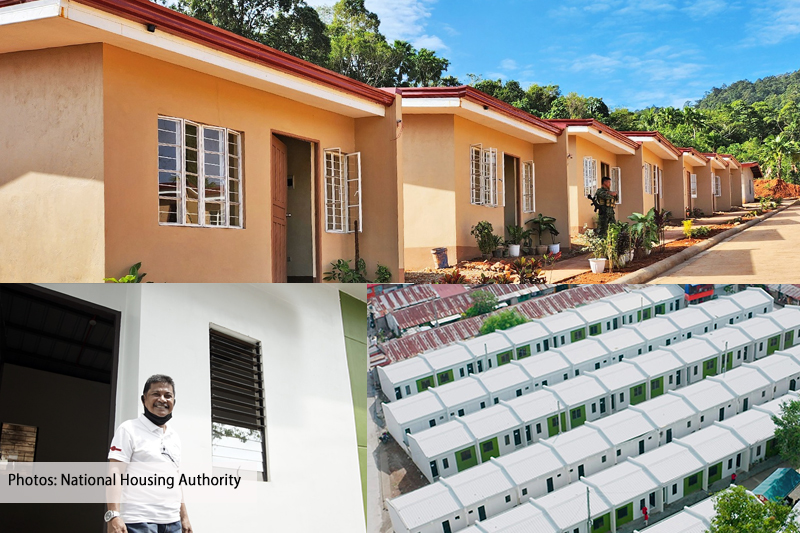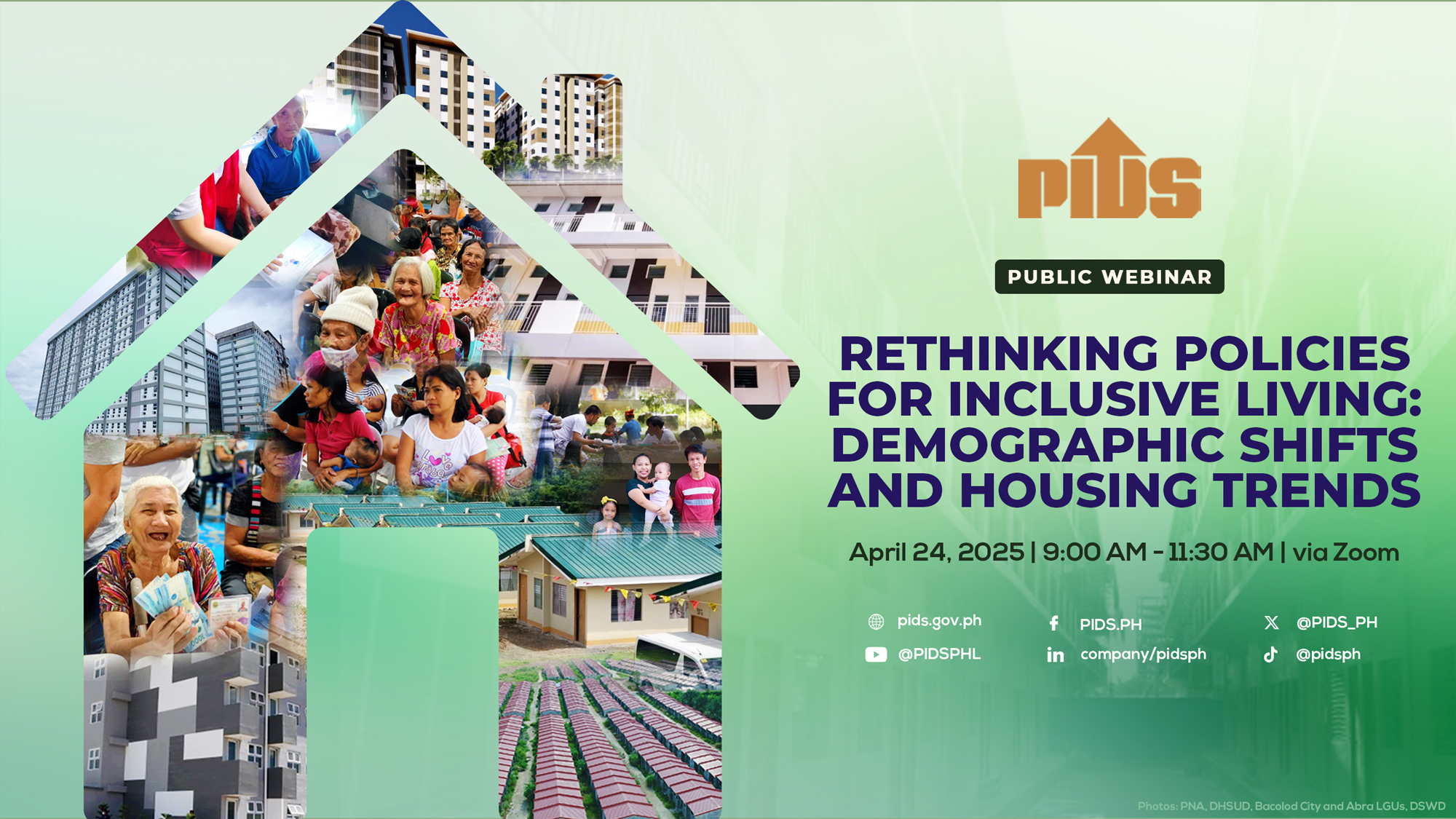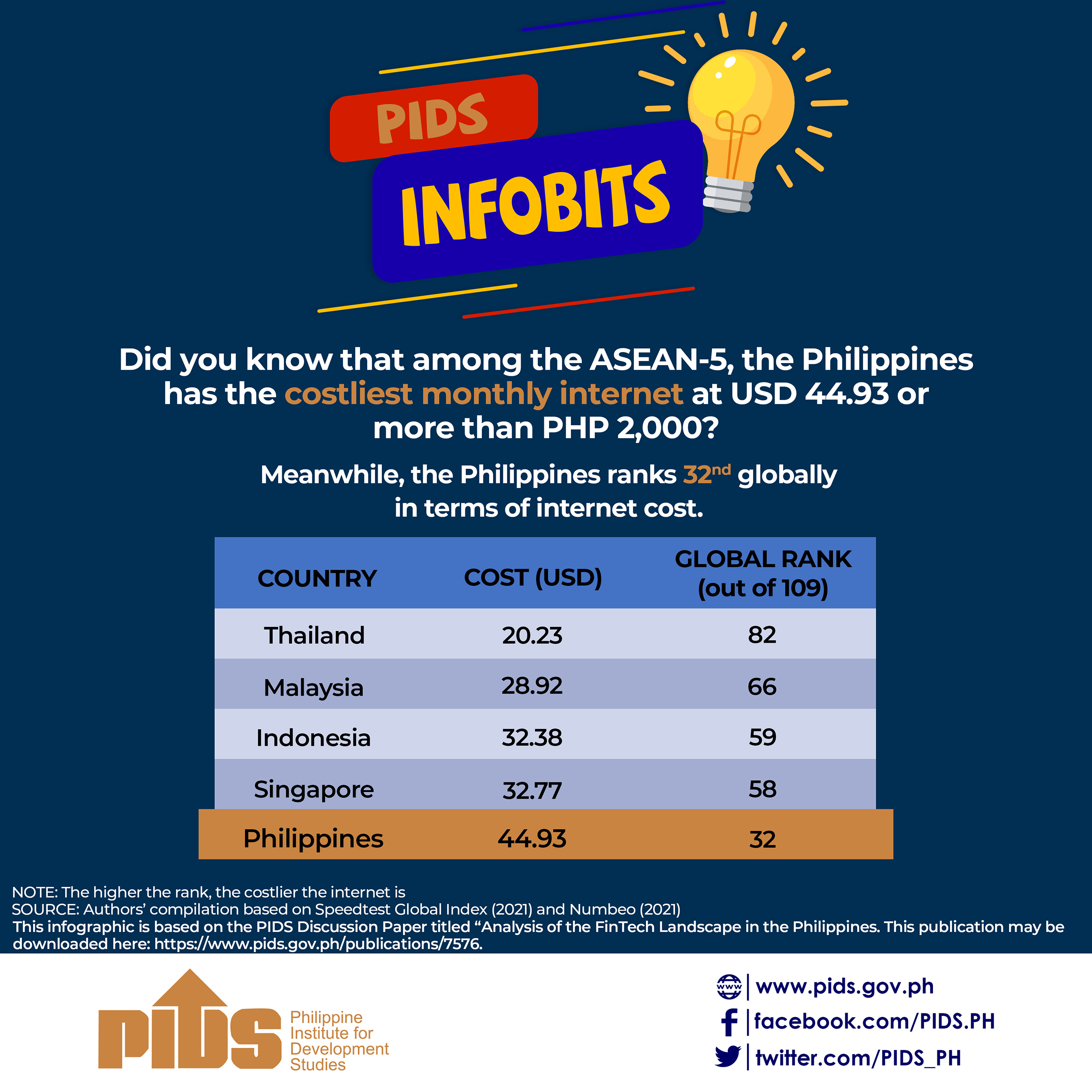THE decision of young Filipino adults to move out of their parents’ homes is not just about preference, but also affordability.
A recent study by the Philippine Institute for Development Studies (PIDS) found that more young Filipino adults are putting off living independently, as housing prices and the overall cost of living continue to climb.
Using census data from 1980 to 2020, the study observed a clear drop in the rate of new household formation among those aged 24 to 34. In 2020, just 59 percent of Filipinos aged 25 to 34 were considered household heads or spouses, compared to 74 percent in 1980.
Their share of total householders also fell, from around a third in the ’80s to just 20 percent in 2020. On the other hand, older adults aged 45 to 65 made up a growing 40 percent.
“These trends indicate that younger adults are staying at home longer and that the increase in the country’s householders is largely among the post-child-rearing age group,” PIDS said.
Households, at the same time, have also been shrinking. Citing a Philippine Statistics Authority (PSA) data, PIDS showed that the country’s average household size dropped from 5.9 in 1970 to 4.1 in 2020, partly due to declining fertility.
Additionally, in 2020, about 53 percent of the population lived in mid-sized households of 3 to 5 people, and nearly 38 percent still lived in large households with six or more members.
Nuclear families
Regarding nuclear families, the government think tank said that it is still the most common setup, even if their share has declined from 71 percent in 1990 to 61 percent in 2020. Extended and multifamily households, meanwhile, became more common, growing from 25 to 29 percent over the same period.
According to PIDS, “While being in extended or multifamily households has its benefits, it is observed that relatives staying longer with their root families can lead to congestion, as larger homes are increasingly difficult to attain in the market.”
The institute also noted how housing options are increasingly out of reach for many, particularly in urban areas.
“The surge in housing prices in the formal market is mainly driven by the purchasing power of investors and high-income end users, resulting in inflationary effects,” PIDS said. “However, most Filipino households are low- to middle-income earners, and some are highly vulnerable to income shocks.”
Construction statistics from the government showed that the average construction cost in January this year rose to P12,208 per square meter, a 4.5 percent increase from the year before. Residential buildings remained the most expensive to build at P14,430 per sqm, with condominiums reaching as high as P23,655 per sqm.
“Such high costs,” PIDS said, “aren’t only discouraging young adults from moving out, but also from marrying and starting families early.”
It also highlighted the ongoing urban migration, noting that many workers cannot bring their families due to the lack of affordable, family-sized housing. It mentioned how others are left with no choice but to endure long commutes or leave their families behind when working overseas.
“The limited access to larger-sized or family-type units in cities suggests that working family members may not be able to bring their dependents to their places of work or may have to spend more time traveling, resulting in social problems,” the think tank said.
Examining the implications
AS a solution, PIDS emphasized that housing supply should align not just with population growth, but also with actual household formation trends.
“Understanding whether the housing need is quantitative or qualitative, using the historical context of household formation and structure, is critical,” it said.
The think tank added that the low dependency ratio presents an opportunity to improve access to housing for the working-age population.
“For instance, providing incentives to small and medium enterprise employers for worker housing support, including rental housing, would be prudent,” it said.
PIDS also recommended a deeper examination of intergenerational housing, noting that elderly homeowners could play a role in supporting extended households, only if supported by the right policies and infrastructure.


